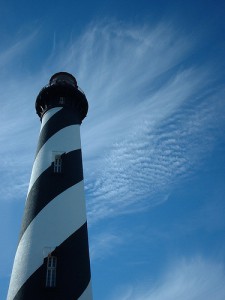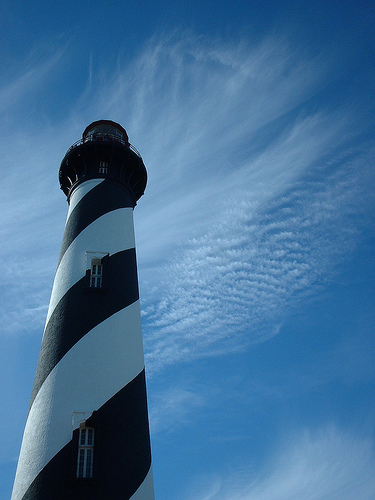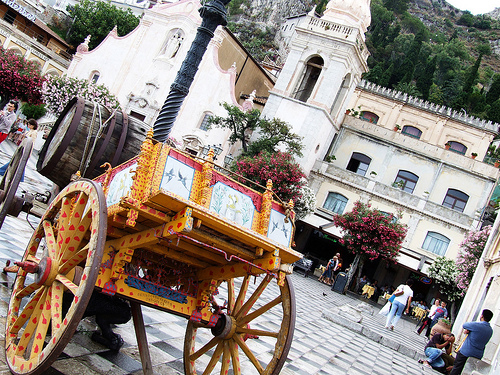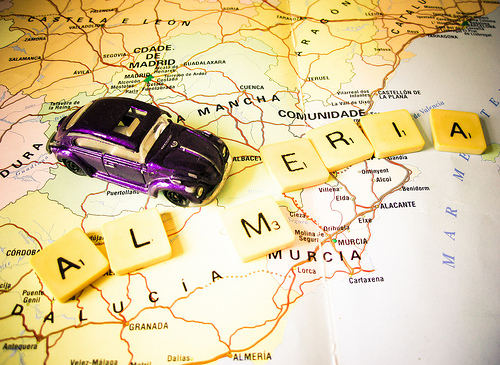St. Augustine Beach
A worn wooden boardwalk bridges the walk between pavement and sand. A small embankment is greeted by white sand dunes topped with sea oats. Past the dunes visitors are greeted by the roar of the murky Atlantic Ocean. The beach spans outward from the dunes, trails off into the oceanand stretches down Florida’s east coast. Visitors can park their chairs and blankets and stroll down to the water to enjoy a refreshing cool off from the hot Florida sun.
My hotel, the Castillo Real, was within short walking distance from the beach. I highly recommend staying close to the beach because it isn’t as busy and it is quiet.
Meehan’s Irish Pub and Seafood House

Even though St. Augustine was founded by Spanish explorers, tributes to the Irish culture have been set up around Historic Downtown. Meehan’s Pub is settled across the street from the Spanish fort of Castillo de San Marcos and Matanzas Bay. Visitors can enjoy the view and the breeze by sitting outside on the restaurant’s patio, or they can soak up the “homey” atmosphere that is associated with pubs. The charming restaurant was previously used as a residence, but was renovated into a restaurant in recent years.
Meehan’s offers a wide variety of foods, including Irish specialties like Shepherd’s Pie and American classics such as cheeseburgers. The restaurant also features fresh seafood dishes obtained from local fisherman and markets. My recommendation is the Tommy Dolan – the cheeseburger, not the person.
Aviles Street
Take a trip back to the 16th century where Spanish soldiers and carriages onceroamed the cobblestone streets and dust and gunpowder sifted through the air as the Spanish defended the area from invaders. Today, Aviles Street is calm and quiet except for several shops, murals and museums, such as the Spanish Military Hospital Museum and the Father O’Reilly House Museum. Aviles Street was named after Don Pedro Menendez de Aviles, the Spanish governor of Florida.
A lot of St. Augustine’s historic charm can be seen on this street. Some of the original bricks that were laid in the 16th century are still there today. It is worth your time to stroll down Aviles and touch some of the bricks under your feet.
St. George Street
St. George Street, another history-ridden street in St. Augustine, is lined with local shops and restaurants. Think of it as a mini Las Vegas strip minus the gambling, the showgirls and other things associated with Vegas. Most of the action in Historic Downtown occurs on this street, and all major museums and sites can be found either here or
on an adjacent road. While strolling down the street, which is closed off to traffic, visitors have the chance to support the local economy and buy eclectic and unique souvenirs.
Some favorites I came across were The House of Ireland where, as you would assume, visitors can purchase family crests and other name baring memorabilia, aswell as the Red Pineapple where young female travelerscan pick up vintage-style jewelry and clothing.
Castillo de San Marcos
The Spanish founders constructed the Castillo de San Marcos to defend St. Augustine from other countries trying to conquer the New World. Visitors can explore every room and watchtower of the fort. The creepiest room has to be the dungeon on the bottom floor where bodies that were still preserved in the state of their death were found during excavations. Make sure you take the time to climbthe stairs to take in the view that expands past the coquina walls of the Castillo de San Marcos.
Guided tours of the site are available, unlessyou’re educated on the history of the fort, I recommend taking the guided tour so you will be able to better understand the interesting sites.
[box]Rachael Sena – Writing Intern for Travelated of ARES Media Network[/box]




1 Comment
Rease
It’s hard to think of anything outside of Orlando and Miami when I think of Florida. St. Augustine certainly sounds worth visiting! I want to check out the irish pubs!
Comments are Closed.